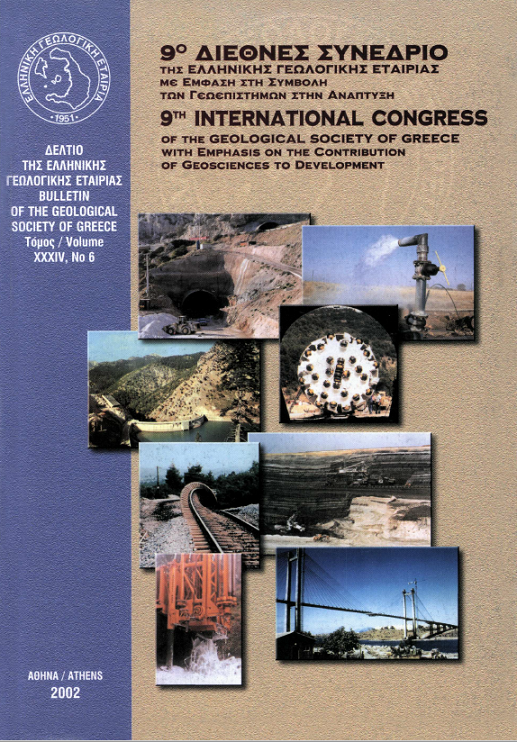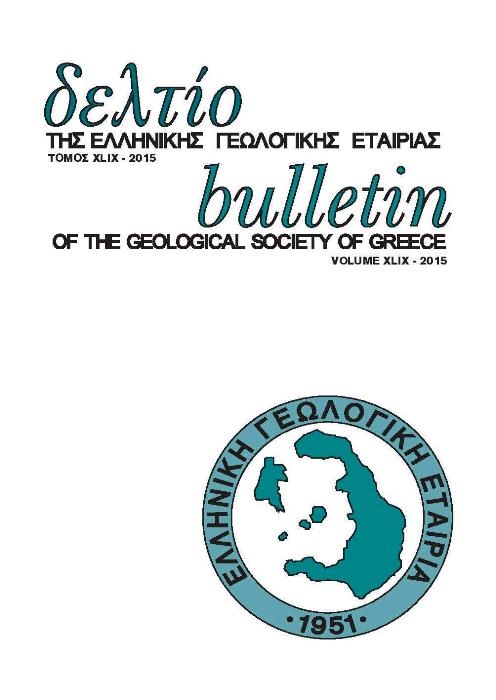Geodynamics and evolution of the Miocene mineralization in the Cycladic - Pelagonian belt, Hellenides

Abstract
The paper aims to provide a sound account of the type of Miocene mineralisations in the Cycladic – Pelagonian belt and their relationship with the geodynamic evolution of the area. Skarn and manto types, epithermal precious and base metals mineralisation, and vein magnesite in ultramafics are associated to distinct stages of the geodynamic evolution of the belt. Extensional tectonics favoured their generation. Late stages of extensional tectonics resulted in the formation of vertical to subvertical NW-SE trending fault zones, which were then used as conduits for ascending hydrothermal fluids. The relationship between the geodynamics and the metallogenetic evolution of the belt is discussed on the basis of available data on the geology of four critical areas: Tinos and Mykonos islands, Laurium and Northern Euboea.
Article Details
- How to Cite
-
SKARPELIS, N. (2002). Geodynamics and evolution of the Miocene mineralization in the Cycladic - Pelagonian belt, Hellenides. Bulletin of the Geological Society of Greece, 34(6), 2191–2206. https://doi.org/10.12681/bgsg.16862
- Section
- Special and Keynote Lectures

This work is licensed under a Creative Commons Attribution-NonCommercial 4.0 International License.
Authors who publish with this journal agree to the following terms:
Authors retain copyright and grant the journal right of first publication with the work simultaneously licensed under a Creative Commons Attribution Non-Commercial License that allows others to share the work with an acknowledgement of the work's authorship and initial publication in this journal.
Authors are able to enter into separate, additional contractual arrangements for the non-exclusive distribution of the journal's published version of the work (e.g. post it to an institutional repository or publish it in a book), with an acknowledgement of its initial publication in this journal. Authors are permitted and encouraged to post their work online (preferably in institutional repositories or on their website) prior to and during the submission process, as it can lead to productive exchanges, as well as earlier and greater citation of published work.




